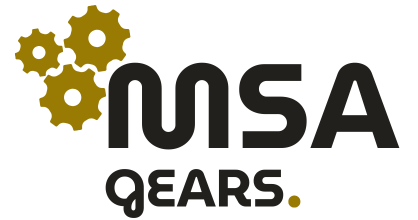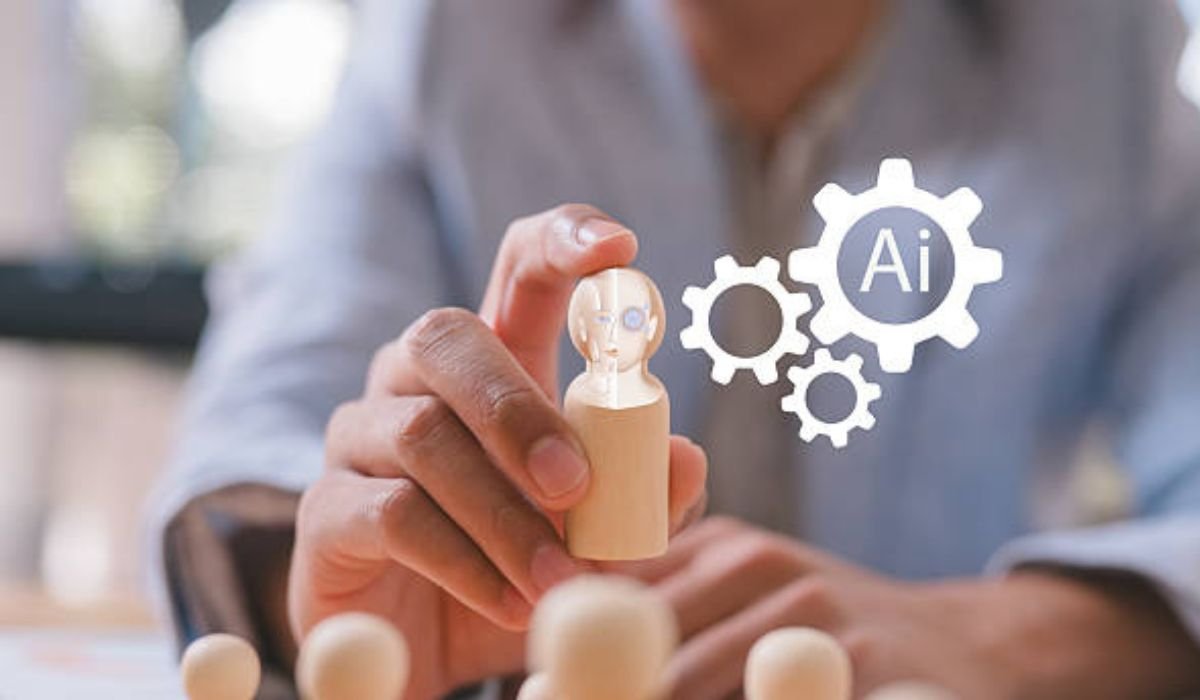The digital product landscape is changing rapidly, and with that change comes heightened expectations of software quality. Users demand flawless performance, seamless cross-device user experiences, and rapid feature deployments, and everything must still meet or exceed stability and usability standards. Getting to this level continues to challenge QA teams who are tasked with improving quality while the demand for development is growing significantly, and they need to do it in less time. An AI QA agent can take on this challenge—not as a replacement, but as a collaborative partner that complements the QA process by bringing speed, intelligence and flexibility.
The Evolving Definition of QA
QA has historically been considered a phase in the software development lifecycle and generally an afterthought of the development process. The pace of today’s software development cycle, many being based on Agile or DevOps methodologies, requires quality to be developed throughout the whole process. QA is no longer just about finding bugs but about validating user experiences, ensuring performance with load, meeting accessibility compliance, and verifying complicated integrations—and all of this is expected within shorter timelines.
QA (Quality Assurance) becomes increasingly unrealistic to be manually fulfilled. Regressive test suites that were once able to run overnight now need to run in a matter of minutes. Bugs that were once tolerated during staging are now blocking issues. Lead times for release cycles have gone from months to weeks or days. And the increased complexity needs unrivaled, intelligent support. And here enters autonomous AI.
What is an Autonomous Artificial Intelligence for QA?
An autonomous AI for quality assurance means a system that is able to analyze, estimate and perform QA tasks without constant human supervision. Contrary to previous automation script designs, autonomous AI for QA purposes can adapt, learn and change as usage, situation or historical patterns evolve, as autonomous AIs can be further trained as they are being used.
Autonomous AIs for quality assurance don’t simply execute test cases; they provide risk-based test coverage, create usages dynamically, and both detect deviations in application behavior and prescribe suggested improvements to designs. Essentially, an AI QA has characteristics of a consistent team member: observant, proactive, and always on.
Beyond Automation: The Autonomy Advantage
We should make sure we understand the distinction between standard test automation tools and autonomy. Test automation tools are comparable to power tools; they are useful; however, functionality depends solely on the skill of the operator. Test automation tools require defined scripts, which are brittle and require a lot of maintenance. Even one change to a user’s UI or workflow could affect multiple test cases. This wastes a lot of time creating false negatives.
Autonomous AI, however, is adaptable. It can:
- Recognize changes in the UI in real time and adapt the test flows accordingly.
- Start to understand where test coverage is deficient, based on patterns of user behavior, or which new features have been included.
- Learn from failing tests to improve on future scenarios.
- Either way, communicate the gained insights in natural language, helping QA engineers better understand what went wrong and ultimately why.
Rather than thinking of it as a tool, consider it more of a collaborative intelligence.
Incorporating AI Into QA Workflows
For your team to operate autonomously with an AI applied to its workflow, it must be incorporated in various layers:
In Planning
AI could analyze product requirement documents and user stories to recommend relevant test coverage. AI also could flag elusive or conflicting acceptance criteria that are often common problems with Agile workflows.
In Development
AI agents could monitor code changes in real-time and would proactively trigger tests relevant to that change automatically. AI could also evaluate pull requests for risky code changes and recommend any additional validation steps or tests.
In Testing
This is where AI can shine. It can:
- Crawl through an application like a user and find UI/UX inaccuracies.
- Automatically generate prompts for AI when undertaking testing, increasing the strength of exploratory scenarios compared to traditional exploratory testing.
- Detect subtle regressions (like a select dropdown moving a few pixels or an OK button becoming less responsive under load).
LambdaTest’s KaneAI is the world’s first GenAI-native end-to-end testing agent, designed to revolutionize quality engineering by enabling teams to plan, author, and evolve tests using natural language. Unlike traditional test automation tools, KaneAI allows users to generate complex test cases effortlessly through conversational inputs, significantly reducing the time and expertise required to initiate test automation.
KaneAI’s capabilities extend beyond test creation; it features an intelligent test planner that automatically generates and automates test steps based on high-level objectives. This ensures that tests align with project goals and adapt to evolving requirements. Additionally, KaneAI supports multi-language code export, allowing tests to be converted into all major programming languages and frameworks, enhancing flexibility and compatibility across different environments.
The platform also integrates advanced debugging features, including GenAI-native debugging, which assists in troubleshooting by providing real-time analysis of failing test commands and actionable suggestions. This proactive approach to test failure analysis helps teams address issues promptly and maintain test reliability.
In Deployment
After deployment, the AI agent can observe users’ production interactions while filtering for any anomalies that weren’t detected in staging. These would filter back to the testing cycle and ultimately improve test intelligence each time the cycle is completed.
Human-AI Collaboration: A New QA Paradigm
Autonomous AI does not replace human testers; it enhances them. Here’s how the strengths of humanity and AI fit together:
- Humans have strengths in empathy, intuition and edge-case reasoning. AI has strengths in scale, speed and consistency.
- Testers bring context around the product that AI cannot understand. AI brings data-driven knowledge that testers may be unaware of and miss during testing.
- Human testers explore products creatively. AI makes sure that all regression and performance testing cases are executed.
Together, a hybrid approach creates better-designed, user-centered software.
ALSO READ THIS: Vhzptfhrm: Transforming the Future of AI Technology
Benefits That Compound Over Time
The introduction of an AI QA agent into your existing processes is not simply a manual or structural upgrade. It is a compounding value investment. With each test run, each sprint, and each iteration of the product, the AI gets smarter. The AI builds an expanding, contextual understanding of how your application works, what your users expect usability, and what the high-probability causes of failures are most likely to be.
This interaction results in concrete benefits to you:
- Faster feedback cycles with developers
- Increased test coverage, with no additional manual work
- Identifying major defects earlier in the cycle
- Lowered test cycles to release
- Lowered bugs in production and improved user satisfaction
And most importantly, allowing your QA team to leave urgent troubleshooting to pursue value-adding initiatives, such as improved accessibility, enhanced performance, and a sense of forward momentum in creativity and innovation.
How AI Defeats Complexity at Scale
As applications grow increasingly complex with microservices, APIs, mobile variants and dynamic UIs, the human brain cannot keep track of everything. AI complements the analytical abilities of the human brain by providing a holistic analysis of these complex systems.
- Cross-platform validation: An AI agent is able to test your application across browsers, devices and operating systems, all while reusing the effort from previous tests.
- API behavior modeling: An autonomous agent tests an API and the potential behavior of the API, not just for success or failure but for timing, data-based actions, and edge behavior.
- Load prediction: AI can realistically simulate user trend data to uncover performance bottlenecks due to load before going live.
The Role of AI Prompts for Testing
One of the most powerful features of an autonomous AI agent is the autonomous generation of intelligent AI prompts for testing. These prompts become scenario builders that create a method for the agent to get to test deeper or more nuanced flows based on goals rather than a series of steps.
For example, rather than “Click login > Enter credentials > Click submit,” the AI prompt might be “Verify that a returning user can access their dashboard from the homepage under conditions of slow network connectivity.”
These intent-driven prompts give you the ability to have:
- Smarter exploratory testing
- Context-aware validation
- Broader scenario coverage with little human intervention
AI-generated prompts can even include recent production problems, user feedback or analytics data that relates to relevant testing. So, you can always focus your QA efforts on the most important items.
Overcoming Adoption Barriers
Despite its promise, integrating an autonomous AI into QA isn’t without challenges:
- Trust: Teams might be hesitant to trust AI-based results.
- Change management: Moving from a completely script-based way of working to autonomous agents requires a change in tools and mindset.
- Workforce skill alignment: Many QA roles will continue to require some new skill sets. Even if AI makes every piece of testing easier, individuals in QA roles must adopt a focus on test strategy, data analytics and human-centered design.
The good news is that the AI is not asking for perfection. The AI is learning just like your team. If you start small, demonstrate value and scale accordingly.
Industry Use Cases: Where Is AI Already Saving Time Across Industries?
Across many industries, organizations have already started to augment their quality assurance with AI.
- E-commerce platforms are using AI to test checkout flows with thousands of different product combinations.
- Healthcare applications are using AI to validate compliance with regulatory requirements and validate the accessibility of their interfaces.
- In the banking industry, autonomous agents monitor security features and maintain audit logs 24 hours a day.
- EdTech companies simulate a student experience over multiple devices in order to fulfill their commitment to consistently deliver digital content as advertised.
These aren’t future dreams; they are happening, with measurable improvements in quality, efficiency, and ultimately, user trust.
What is Next? The Future of AI in QA
We are still in the early days of what autonomous AI is able to do in QA. Future possibilities include:
- AI design feedback: Recognizing UI/UX issues before any lines of code are written.
- Real-time bug triage: Automatically grouping issues and assigning them based on severity, geographic location, and impact.
- Ethical AI audit: Using intelligent coverage tests to audit against fairness, privacy, and inclusivity.
The eventual goal? Continuous quality. Where the boundary between development, testing, and user feedback blurs—creating a loop of improvement that never pauses.
Conclusion
By augmenting your QA team with an autonomous AI, you aren’t firing people for machines. You are enabling your testers, boosting delivery for your team, and improving the quality of your digital products. The AI QA Agent is a collaborator—working endlessly to find bugs, fix performance, and make all end users have the best experience possible.
ChatGPT test automation uses AI language models to assist and enhance the software testing process. It can generate test cases, create automated scripts, and even suggest improvements based on application behavior. By analyzing logs and test results, ChatGPT helps identify potential bugs faster than manual review alone. It can also support regression testing, ensuring new updates don’t break existing functionality. Integrating ChatGPT into QA pipelines increases efficiency, reduces human error, and accelerates delivery without compromising quality.
YOU MAY ALSO LIKE: What is Agentic AI & How Can It Help Businesses?











